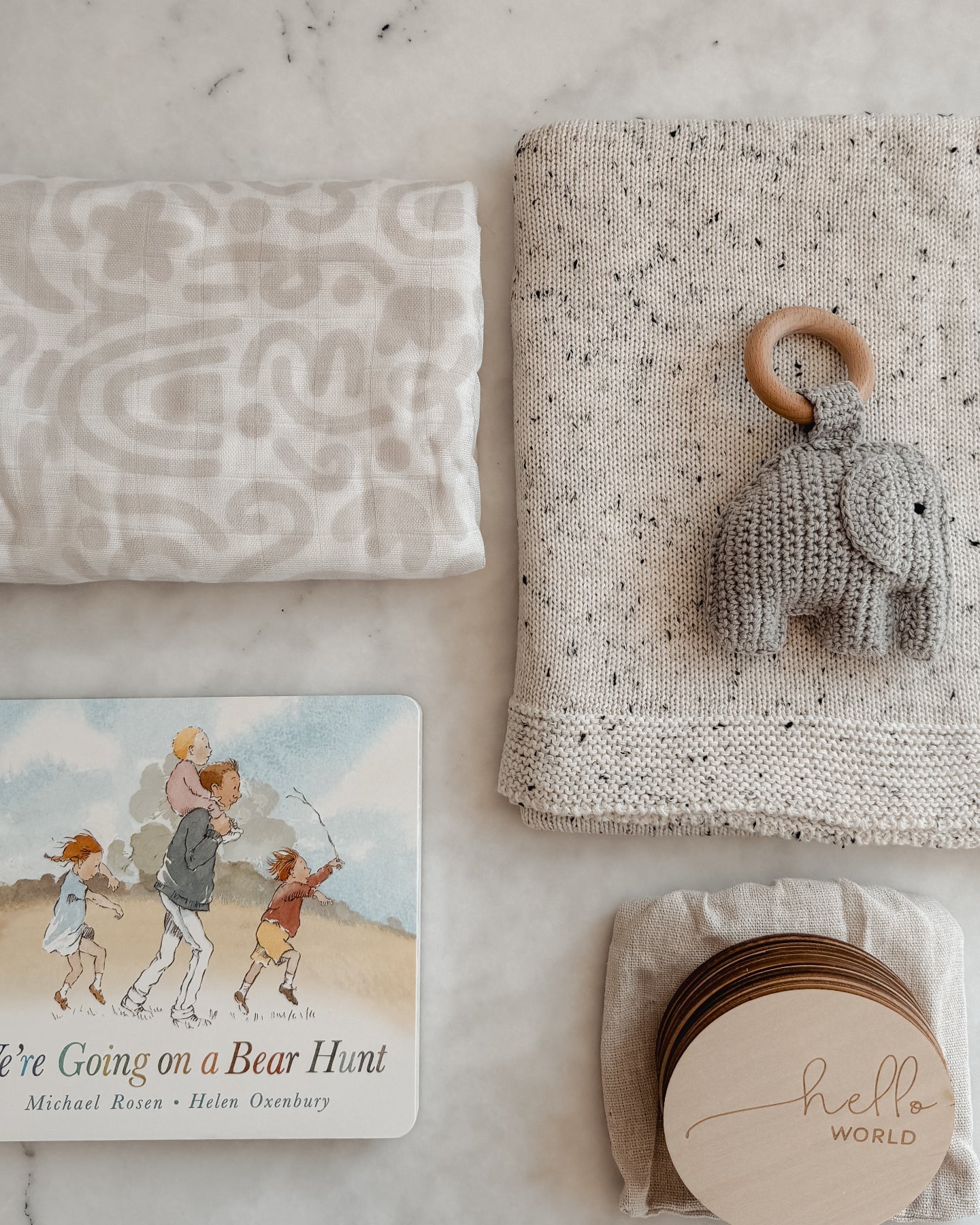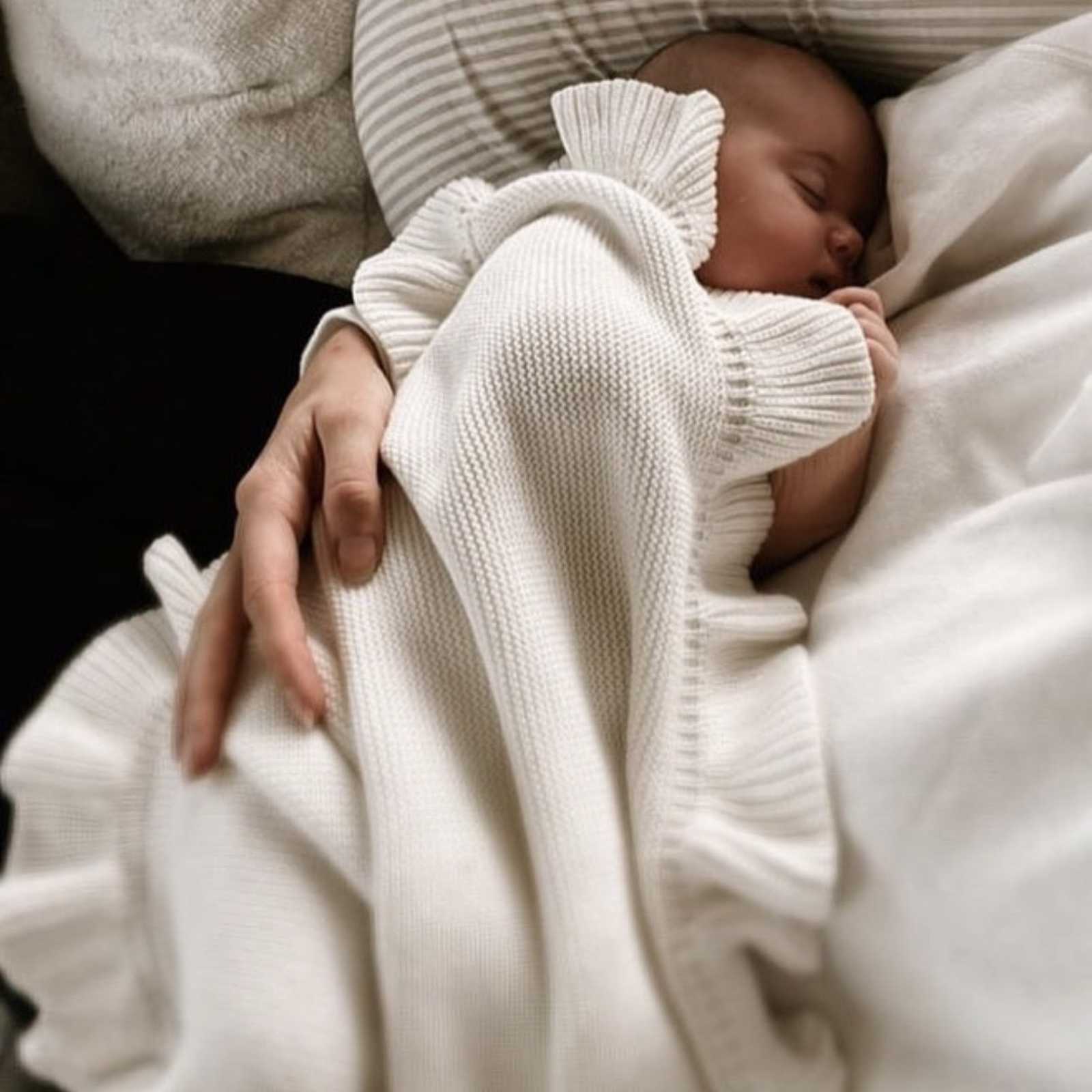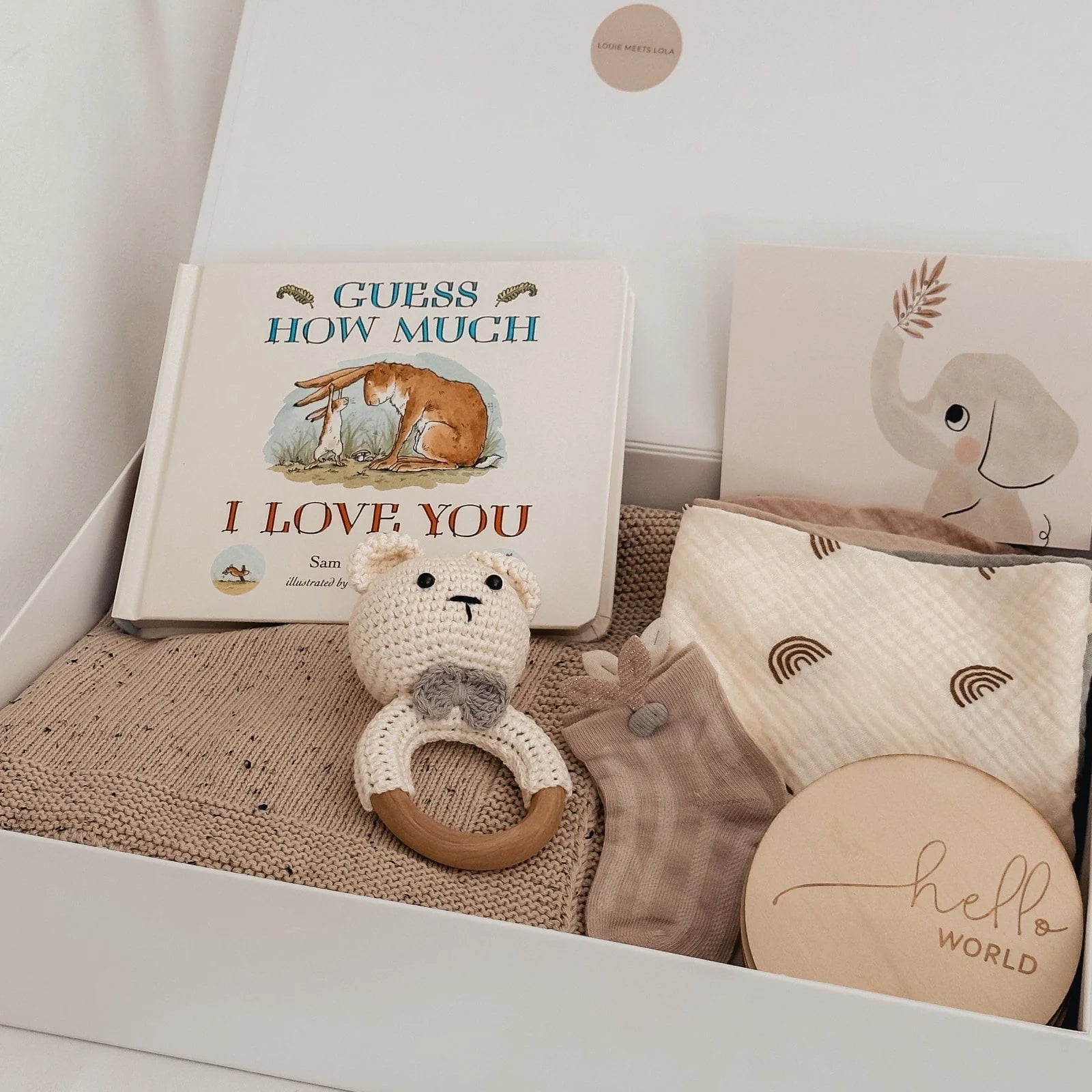
The Ultimate Guide to Swaddle Blankets: Comfort and Safety for Your Newborn
Swaddle wraps are a cornerstone in newborn care, celebrated for their ability to soothe infants and improve sleep patterns. For centuries, parents have swaddled their babies to provide warmth and security. Today, swaddle wraps combine traditional practices with modern safety and comfort features.
Why Swaddle?
Swaddling helps recreate the snug and comforting environment of the womb, and as a result has a soothing effect. Babies who are swaddled often experience less anxiety, which can reduce crying and lead to longer, more peaceful sleep.
Swaddling prevents random baby movements that can trigger their startle reflex and awaken them. By promoting better sleep patterns, swaddle blankets can also indirectly improve sleep for parents.
Choosing the Right Swaddle Wrap
Material: Look for soft, breathable fabrics such as cotton, muslin, or bamboo. These materials ensure comfort and prevent overheating. Avoid heavier fabrics like thick fleece, which might be too warm. Louie Meets Lola swaddle wraps are offered in a variety of premium natural fabrics, including cotton, bamboo cotton or muslin cotton.
Size and Shape: Swaddle wraps can typically be found in square or rectangular shapes. A size of approximately 40x40 inches is usually adequate to swaddle a newborn. The majority of Louie Meets Lola swaddle wraps are approx 110cm x 120cm.
Ease of Use: For new parents, the traditional swaddling method can seem daunting. Consider purchasing swaddle wraps that come with user-friendly features like pre-shaped designs or zippers, which can make the process simpler and quicker.
Safe Swaddling Practices
Check the Fit: The swaddle should be snug but not too tight. You should be able to fit two to three fingers between the baby’s chest and the blanket. Ensure that the hips can move freely, as overly tight swaddling can lead to developmental issues like hip dysplasia.
Monitor Temperature: Always check your baby to ensure they are not overheating. Signs of overheating include sweating, damp hair, flushed cheeks, heat rash, and rapid breathing.
Transition Out of Swaddling: As babies grow and start to roll over, usually around 2 to 4 months old, they should transition out of swaddling. This change is crucial to prevent suffocation or other risks associated with a swaddled baby rolling onto their stomach.
Swaddle wraps are an invaluable tool in a newborn’s first months. They soothe, comfort, and help infants—and their parents—get much-needed rest. By choosing the right swaddle wrap and employing safe swaddling practices, you can ensure your baby not only sleeps better but also safer. As with any baby product, the key is to prioritize your baby’s comfort and safety above all else. Whether you opt for a classic wrap or a modern design, the right swaddle blanket can make a significant difference in your newborn's early days.




Leave a comment
This site is protected by hCaptcha and the hCaptcha Privacy Policy and Terms of Service apply.